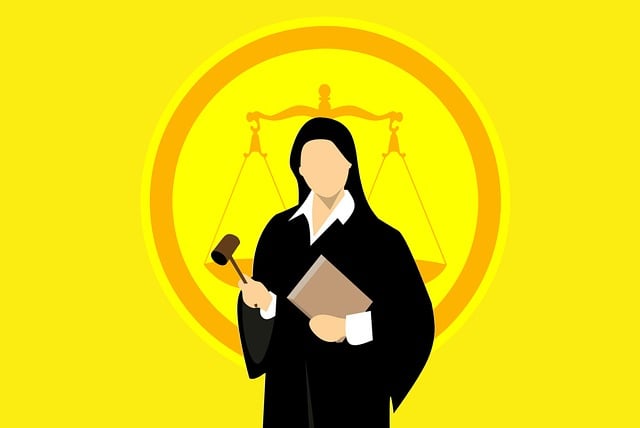Ozempic, a widely used drug for type 2 diabetes and weight loss, is at the center of a growing class-action lawsuit. Developed by Novo Nordisk, Ozempic (semaglutide) has recently faced intense scrutiny following claims of severe gastrointestinal and vision-related side effects. Allegations against Novo Nordisk include failing to provide adequate warnings about the risks of gastroparesis (stomach paralysis), vision loss, and other complications. This article examines the key legal aspects, recent updates, and broader implications of the litigation for patients and the pharmaceutical industry.
Background: The Ozempic Lawsuit
In 2024, plaintiffs from across the U.S. filed lawsuits against Novo Nordisk, leading to the establishment of a federal multidistrict litigation (MDL) in the Eastern District of Pennsylvania. The cases, consolidated to streamline the legal process, allege that Ozempic causes severe gastrointestinal injuries, including gastroparesis and bowel obstruction. This MDL, overseen by U.S. District Judge Karen Spencer Marston, could grow to encompass thousands of claims, given the increasing popularity of Ozempic and similar GLP-1 receptor agonists like Wegovy and Mounjaro, which are also implicated in the lawsuit.
Health Complications Alleged by Plaintiffs
The core allegations in the Ozempic lawsuits focus on serious side effects that plaintiffs claim Novo Nordisk inadequately disclosed. These complications include:
- Gastroparesis (Stomach Paralysis): Patients report persistent nausea, vomiting, and difficulty digesting food, often leading to lengthy hospital stays and additional surgeries.
- Intestinal Obstruction and Bowel Issues: Some users experienced bowel blockages, with symptoms so severe that they required emergency intervention.
- Vision Loss: Recent studies have linked Ozempic to nonarteritic anterior ischemic optic neuropathy (NAION), a condition that can lead to sudden vision loss.
- Gallbladder Problems: Gallbladder injuries requiring surgery have also been noted among long-term users of Ozempic, especially those who began treatment prior to 2021.
Legal Basis for the Lawsuits
The lawsuits argue that Novo Nordisk failed to provide adequate warnings about these severe side effects, which plaintiffs claim they would have considered before beginning treatment. They assert that the company downplayed the risks in its marketing and labeling, which could be a violation of federal and state consumer protection laws. Plaintiffs are pursuing claims based on product liability, negligence, and failure to warn, seeking compensation for medical costs, pain and suffering, and loss of quality of life.
Novo Nordisk, in response, has denied the allegations, maintaining that Ozempic’s warning labels are sufficient and compliant with regulatory standards. The company also argues that the risks associated with the drug are in line with its benefits, particularly for patients who struggle with diabetes and obesity.
Status of the MDL and Future Developments
The multidistrict litigation against Novo Nordisk and Eli Lilly (for Mounjaro) is still in the pre-trial and discovery phases. Judge Marston has implemented measures to expedite proceedings, including a “Science Day” to review scientific findings on Ozempic’s side effects and determine the admissibility of expert testimony. Additionally, attorneys have been asked to submit Plaintiff Fact Sheets, which document each plaintiff’s specific injuries and treatment history to streamline case management.
Legal experts suggest that initial bellwether trials could begin as early as 2025, setting the stage for possible settlements or judgments. Settlement amounts in such cases can vary significantly depending on the severity of the injuries, but early estimates suggest payouts could range from $70,000 to over $1 million per plaintiff, based on similar pharmaceutical cases.
Potential Impact on the Pharmaceutical Industry
The Ozempic lawsuit reflects broader concerns about the safety and transparency of new drug treatments. Pharmaceutical companies like Novo Nordisk may face increased pressure to improve patient education and transparency, especially as GLP-1 receptor agonists gain popularity for off-label weight loss use. The outcome of this litigation could lead to more stringent regulatory guidelines and prompt companies to issue clearer warnings about potential risks. The pharmaceutical industry may also face rising litigation costs as patients seek redress for drug-related injuries.
Conclusion
The Ozempic class action lawsuit illustrates the complexities surrounding drug safety, patient rights, and pharmaceutical accountability. With thousands of individuals potentially affected, the outcome of this litigation could influence not only compensation for current plaintiffs but also industry standards for future medications. As the case progresses, affected patients and the public will look closely at how Novo Nordisk addresses these allegations and whether the judicial system provides redress for those who have experienced severe health complications. The results of this lawsuit may pave the way for more cautious, informed use of powerful drugs like Ozempic, highlighting the importance of comprehensive safety information for patients


